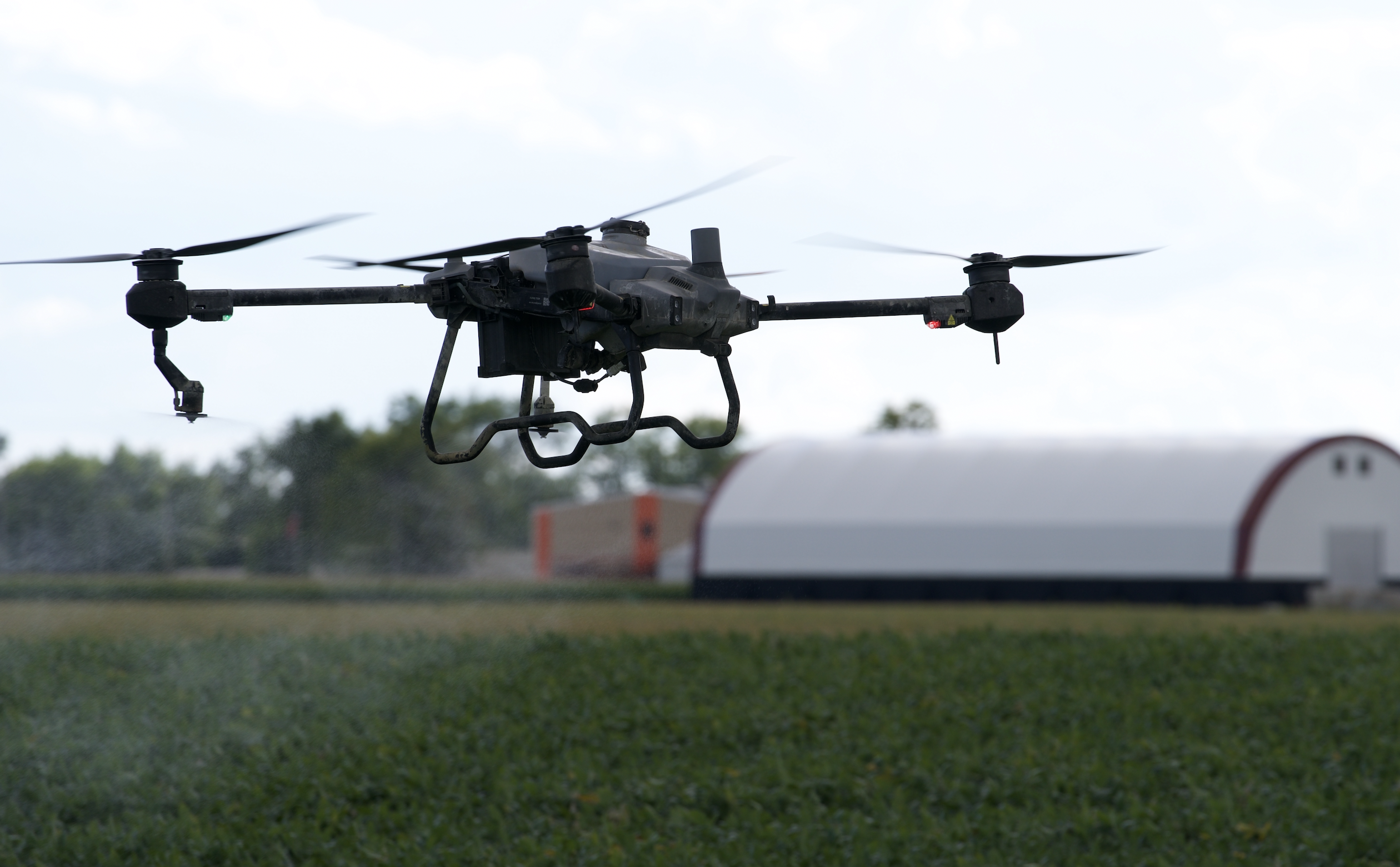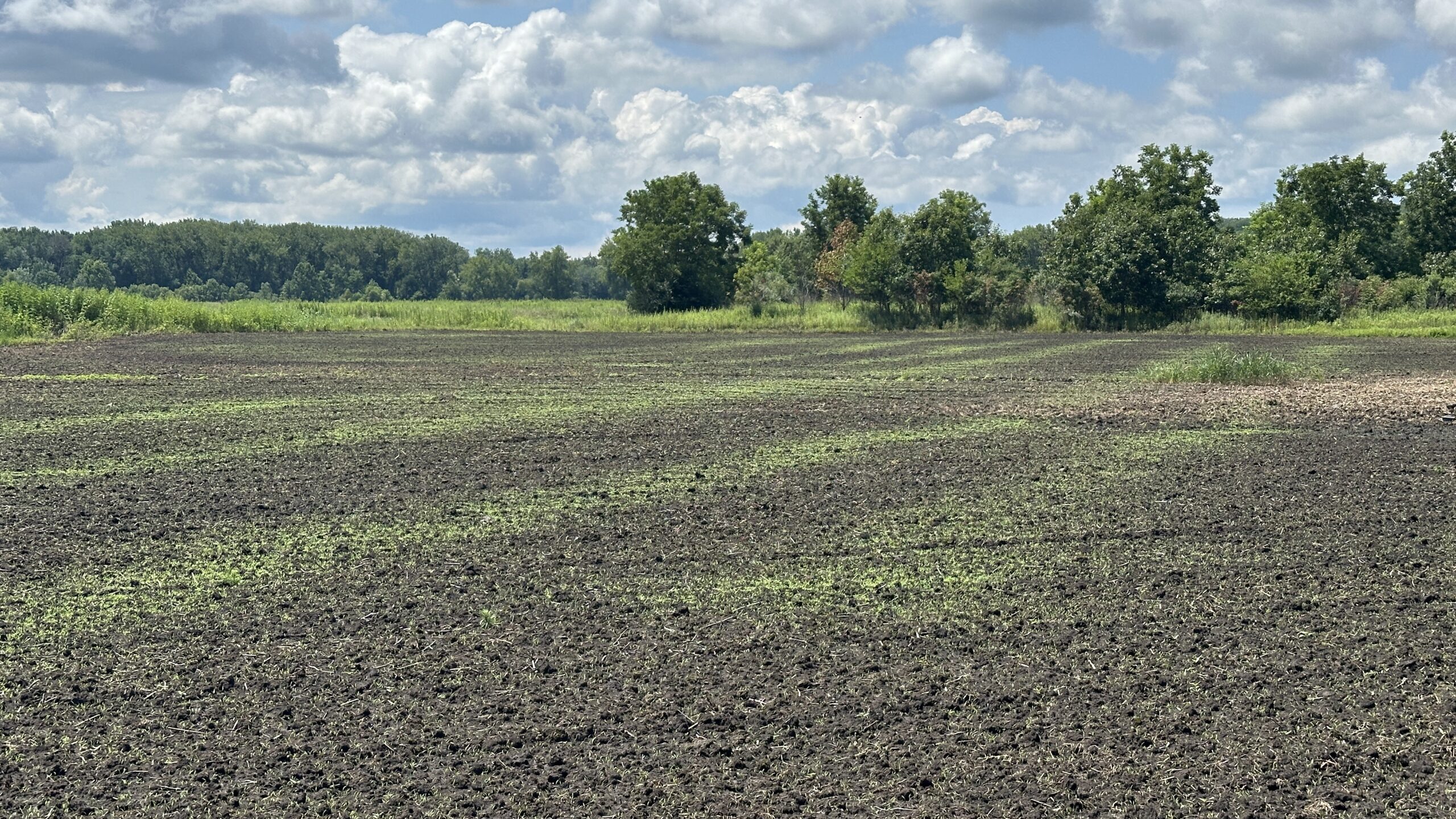

Of all the benefits a drone provides in the agricultural world, one of them that we were most excited about here at AgFly was aerial seeding. More specifically, millet seeding, because we are all waterfowl nuts here.
2 Biggest Benefits of Seeding Millet with a Drone:
On the first field that was worked, we flew at a little higher elevation than we were supposed to. There was some willowy brush that we wanted to seed in the same wetland so we just set the elevation to 20′ so we would stay above that brush. The seed density and coverage was amazing…but the elevation caused more overlap than we wanted. You can see the overlap in the pic below where the millet is probably a little too thick. No big deal. We were actually incredibly impressed at this point by the precision of this thing…the overlap was the exact same in every row…down to inches.

Outside of the overlap in the first field, everything about the seeding was perfect in these worked fields.
After we seeded the worked fields, we moved on the wet marsh areas. We seeded these the same way. Set all the parameters, entered the field area into the software, and let the drone do its thing. We were less confident in how it would go in this ground. In some areas, these was some pretty severe vegetation that we had sprayed the week before. In some areas, there was pockets of standing water. In others, we seeded directly into shallow water. We were incredibly impressed with the results. The stand in these areas was nearly as good as the worked fields. You have to look pretty deep under the brush to see the millet coming up in the thick stuff.
As you can see, all of that seed found its way to the dirt, and the spread is very consistent. We went back to check on the millet a few weeks later and it was still doing great. If anything, we may drop the seed rate next year down to 30-40 lbs and acre instead of 50 lbs an acre. We also may take advantage of the drone again and spread some granular or liquid fertilizer on this stuff to give it a boost if needed.
3 Weeks After Initial Seeding
In Illinois in recent years, our winters have been mild. We love hunting over flooded corn as much as the next guy…the having some small seed for the ducks when they don’t want or need that big protein from the corn has proved to be very effective for us…like this hunt over a millet patch next to some flooded corn a year ago!
LandCo Duck Hunt – Limit of Teal and Mallards

AgFly provides aerial Agriculture solutions where traditional methods are not possible and in areas where aerial applications increase efficiency and/or yields.
© 2025 All Rights Reserved.